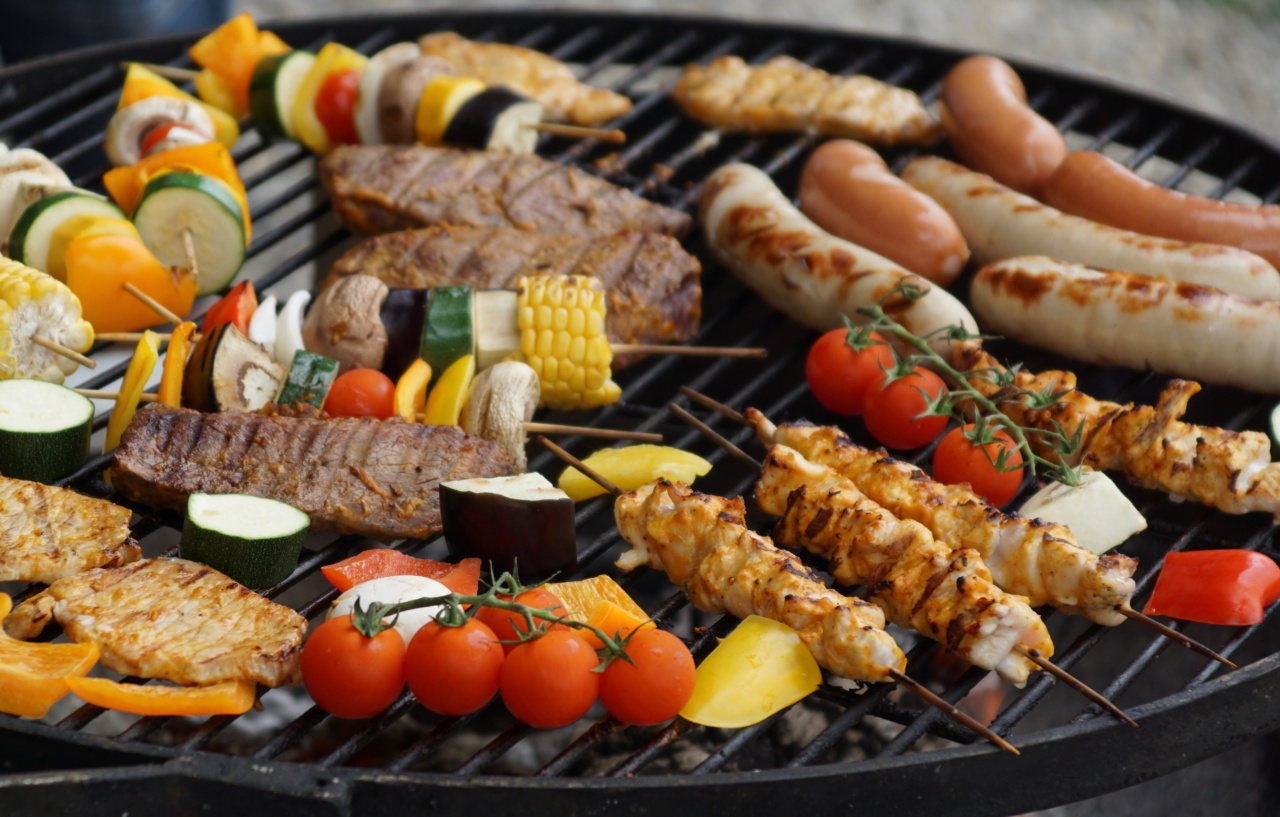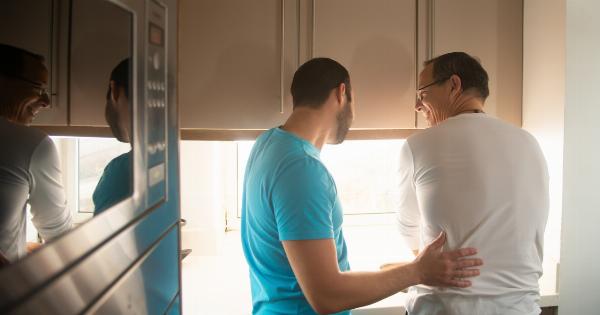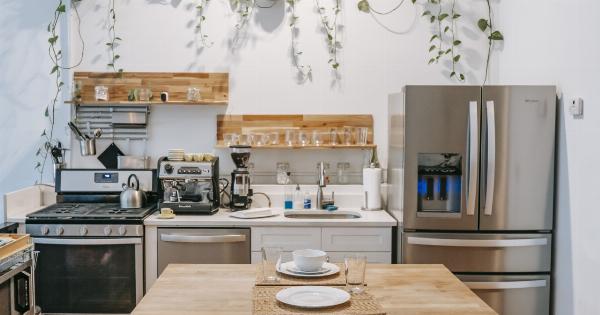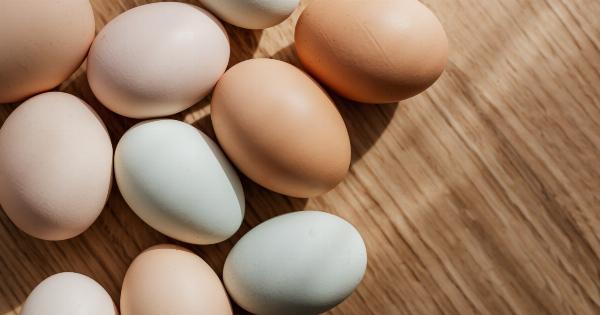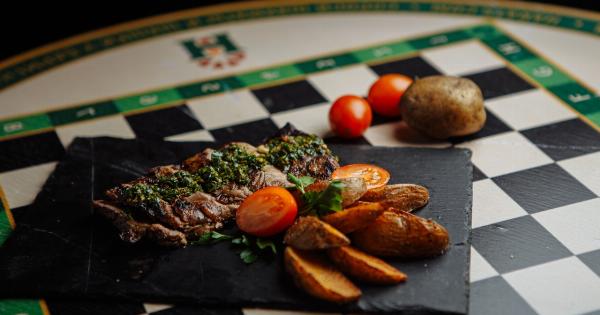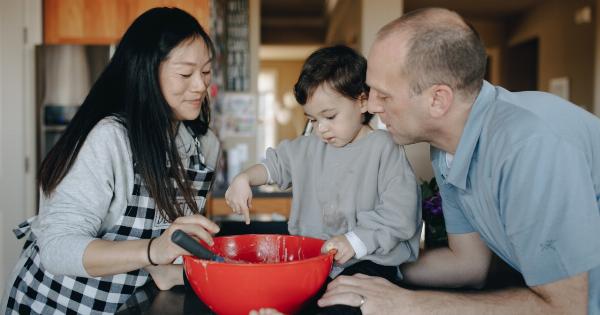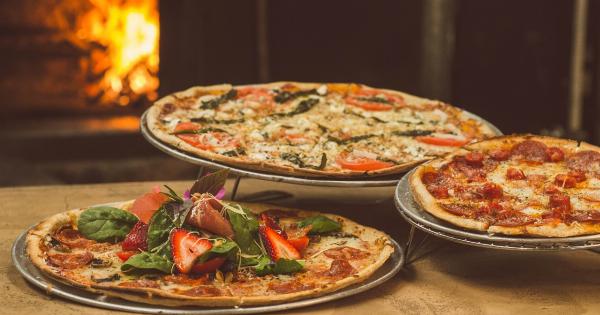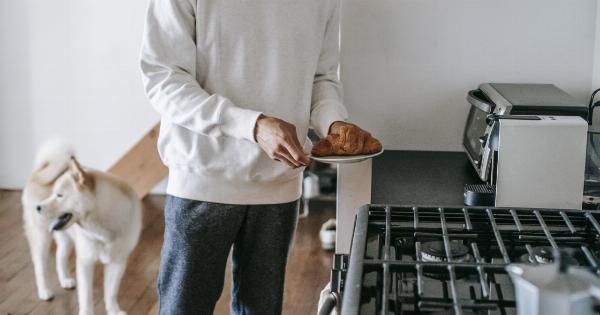When it comes to cooking chicken, there are countless methods to choose from. From grilling and baking to frying and roasting, each technique offers its own unique flavor and texture.
However, in our fast-paced world, many people often turn to the microwave as a quick and convenient way to prepare meals. But is cooking chicken in the microwave safe?.
The Microwave Cooking Process
Before we dive into the safety concerns, let’s first understand how microwaves work. Microwaves use electromagnetic waves to generate heat and cook food.
These waves cause the water molecules within the food to vibrate, generating heat and cooking the food from the inside out. This quick and efficient cooking process has made the microwave a staple appliance in many kitchens.
Is Microwaving Chicken Safe?
While microwaving chicken may seem like a convenient option, there are a few potential safety concerns to consider.
Risk of Uneven Cooking
One of the main challenges of cooking chicken in the microwave is achieving uniform cooking throughout the meat. Microwaves have a tendency to heat food unevenly, resulting in hot spots and cold spots.
This means that while some parts of the chicken may be thoroughly cooked and safe to eat, other areas may remain undercooked, increasing the risk of foodborne illnesses.
Potential for Bacteria Growth
Chicken, like any other raw poultry or meat, can harbor harmful bacteria such as salmonella. These bacteria can cause severe food poisoning if not properly cooked to the appropriate internal temperature.
Microwaves may not always reach or maintain the necessary temperature to kill off bacteria, especially in thicker cuts of chicken.
Safety Tips for Cooking Chicken in the Microwave
If you still choose to cook chicken in the microwave, here are some safety tips to minimize the risks:.
1. Use a Meat Thermometer
Invest in a good quality meat thermometer to ensure that your chicken reaches the appropriate internal temperature. The USDA recommends cooking chicken to an internal temperature of 165°F (74°C) to kill off any harmful bacteria.
2. Cut the Chicken into Smaller Pieces
To promote more even cooking, consider cutting the chicken into smaller, uniform pieces. This will help ensure that all parts of the chicken are properly cooked.
3. Rotate and Stir the Chicken
During the cooking process, rotate and stir the chicken occasionally to help distribute the heat more evenly. This will help minimize hot spots and ensure that the chicken is thoroughly cooked.
4. Cover the Chicken
When microwaving chicken, cover it with a microwave-safe lid or plastic wrap to help trap the steam and retain moisture. This will aid in the cooking process and help prevent the chicken from drying out.
Explore Alternative Cooking Methods
If you’re concerned about the safety of cooking chicken in the microwave, there are alternative methods to consider that may offer better results.
1. Oven Roasting
Oven roasting is a popular and reliable method for cooking chicken. It allows for even cooking and produces a crispy exterior while keeping the meat tender and juicy on the inside.
Preheat your oven to the desired temperature, place the chicken in a roasting pan, and cook until it reaches the recommended internal temperature.
2. Grilling
Grilling chicken imparts a delicious smoky flavor and creates a nice charred exterior. Whether using a charcoal grill or gas grill, ensure the chicken is cooked all the way through and reaches the safe internal temperature.
3. Pan-frying
Pan-frying chicken can result in a crispy golden crust while keeping the meat moist and flavorful. Use a frying pan with a small amount of oil and cook the chicken until it reaches the recommended internal temperature.
Conclusion
Cooking chicken in the microwave may offer convenience, but it also comes with potential risks. Uneven cooking and the potential for bacteria growth are valid safety concerns.
If you choose to microwave chicken, it’s important to follow safety tips such as using a meat thermometer, cutting the chicken into smaller pieces, and rotating and stirring during the cooking process. Alternatively, exploring other cooking methods like oven roasting, grilling, or pan-frying can provide more reliable and delicious results.
The most important thing is to prioritize food safety and ensure that chicken is cooked to the recommended internal temperature to avoid any health risks.
